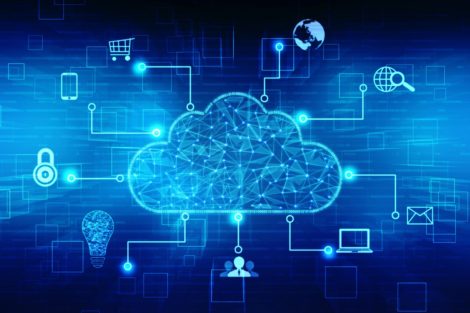
Edge and cloud computing are two major solutions that help businesses and individuals process, store, and manage their data. They both provide advantages that make them useful in solving data processing activities, depending on the requirements.
- Edge computing is a localized approach where a device performs computing close to its source, reducing delays and speeding up real-time access.
- Cloud computing allows you to store and process large volumes of data in centralized data centers. Therefore, you can access the data from any corner of the world using the internet.
To better grasp these technologies, let’s address key aspects and exactly how to make a selection that meets your needs.
What is Edge Computing?
Edge computing brings the processing closer to you, or closer to the source of data. It doesn’t have the reliance on remote data centers. Edge computing carries out its processing locally, often on devices including sensors, gateways, or even on your device.
This is the quality that makes edge computing special. It does not have to send huge amounts of data to the cloud for processing but rather does all the processing at or near the source. This means faster time in the processing of data and response to them.
What is Cloud Computing?
Cloud computing involves delivering computing services such as storage, databases, networking, analytics, and much more, over the internet. In other words, your data is processed and stored in large data centers operated by cloud providers.
Thousands of miles away from where you are sitting, these servers are all located. Just picture that you store and process your data “in the cloud,” which becomes accessible with an internet connection from any location.
Latency: Edge vs. Cloud Computing
Latency in Edge Computing: This is ideal for applications that must take immediate action such as self-driving vehicles or industrial automation systems where waiting for cloud-based processing could introduce critical delays.
Latency in Cloud Computing: Latency is higher in Cloud Computing because data has to travel to a remote data center and back. Any service that requires processing real-time data including gaming or live video streaming, approaching edge computing is likely to better suit your needs.
Comparing Security: Edge Vs. Cloud
Security at the Edge Computing: It reduces the sensitive data down at the edge, making the interceptions and transmission risks lower. However, because data is processed closer to the source, edge devices themselves become a point of vulnerability.
Security in Cloud Computing: Cloud providers make heavy investments in security measures to safeguard huge amounts of data they store. They do offer encryption, multi-factor authentication, and adherence to various compliance certifications. However, because the data is traveling over the internet, it could be intercepted while in transit.
In short, cloud computing offers more centralized security, but edge computing lowers the risk of sending data through the internet. If you work with sensitive information, you have to weigh these factors carefully.
Scalability Differences in Edge and Cloud Computing
Scalability is an ability to scale up your computing power and storage as the demand increases.
Scalability in Edge Computing: Scalability with edge computing is also a bit tougher. Because it’s processed locally, you’d need to add more devices or infrastructures as your requirement grows. If you are a large-scale one, it may be expensive and very difficult to deal with compared to the flexible nature of the cloud.
Scalability in Cloud Computing: Scalability is one of the benefits of cloud computing, for you can increase your storage or processing with a few clicks. You only pay for what you use, and there are no hidden charges. You can handle large amounts of data with cloud service providers, making it suitable for businesses that expect their needs to grow tremendously.
Scaling up for the edge might be too resource-intensive, such as when there is real-time processing on the edge. You can find the ability to scale based on cloud computing to become much more fluid and manageable.
Edge or Cloud: What to Choose?
Do you need real-time processing of data? If you need instant responses, such as in gaming, smart devices or self-driving cars, then edge computing is best because it reduces latency.
Do you need flexibility? Cloud is good for flexibility because it offers easy and fast scalability without the need to invest on hardware.
What concerns do you have about security? Both edge and cloud have their strengths and weaknesses as far as security is concerned. If protecting data in transit is critical, then maybe the edge is preferable. Strong security is a more centralized, high-level solution for large datasets if you want it in the cloud.
If data volumes are enormous, they can be handled using the cloud, which provides nearly infinite storage and computing for large datasets to be stored and analyzed. Edge computing is fast but does not have the same infrastructure for handling large-scale data.
Conclusion
To conclude, it totally depends on you what would you prefer when it comes to edge computing or cloud computing. If you are working with critical data processing in real-time with low latency, edge computing is the best place for businesses that require instant responses, self-driving cars or smart houses.
On the other hand, cloud computing offers scalable flexibility that can grow with a business or even personal needs with central security. It is ideal for situations that require large processing of data to be stored without necessarily taking on real-time action.
Know more about Tech










